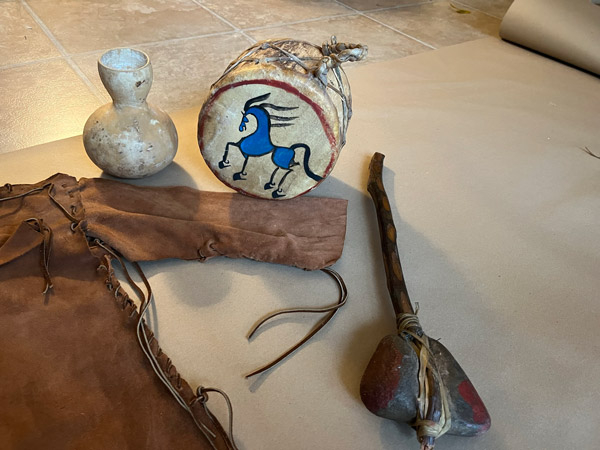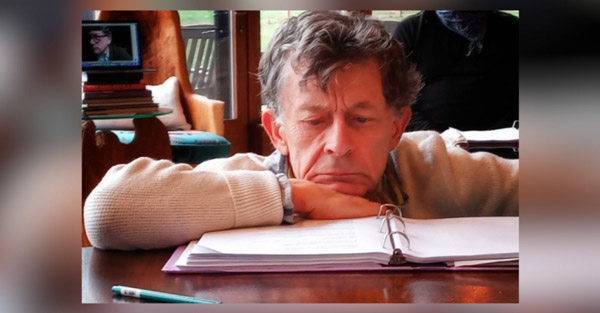Around the time of the Lennon Statue of Liberty shot there was a rumor that the United States was trying to deport him.
That wasn't a rumor, the U.S. government was making quite a case to deport John Lennon by saying he had overstayed his Visa. In fact, the real reason was that they were afraid he was going to influence the American election. I felt the Statue of Liberty was a symbol of welcome and we were supposed to welcome great artists like John Lennon to America, not throw them out. So, I thought that would be a good symbol for the case and, in fact, it was. But it got more use afterwards. After he was allowed to stay and after he passed away people started liking that picture. I think it's because it represents personal freedoms.
Some of your best photographs are from times in which the artist wasn't in a stage persona.
I got to know a lot of the people I worked with while working for a magazine called Rock Scene where we covered the whole scene; it wasn't just a picture of a guy with a microphone, we wanted pictures at home, on tour, in the dressing room, with their managers, and at the after party. We covered the whole scene and that gave me access to people I became friends with which lead to better, more intimate pictures.
Tell me about your new book - See Hear Yoko.
I've worked with Yoko Ono for more than 40 years and it's a whole book of pictures I did of her. It was originally conceived two years ago as a birthday present when Yoko turned 80. We made a book of pictures and she liked it so much she asked us to publish it. I'll be signing copies of it along with Rock Seen in Asbury Park on February 7.
for more information on Gruen visit http://bobgruen.com
Bob Gruen exhibit
January 9 – February 28
Art629 Gallery
629 Cookman Avenue, Asbury Park, NJ
Gary Wien has been covering the arts since 2001 and has had work published with Jersey Arts, Upstage Magazine, Elmore Magazine, Princeton Magazine, Backstreets and other publications. He is a three-time winner of the Asbury Music Award for Top Music Journalist and the author of Beyond the Palace (the first book on the history of rock and roll in Asbury Park) and Are You Listening? The Top 100 Albums of 2001-2010 by New Jersey Artists. In addition, he runs New Jersey Stage and the online radio station The Penguin Rocks. He can be contacted at gary@newjerseystage.com.
FEATURED EVENTS
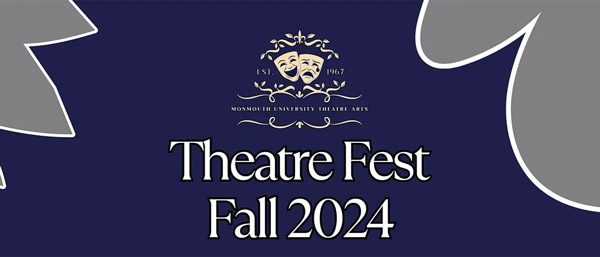
Theatre Fest Fall 2024 – Spark Sessions: A Night of Original Works by MU Players
Thursday, November 21, 2024 @ 8:00pm
Monmouth University - Lauren K. Woods Theatre
370 Cedar Avenue, West Long Branch, NJ 07764
category: theatre
View event page for full information
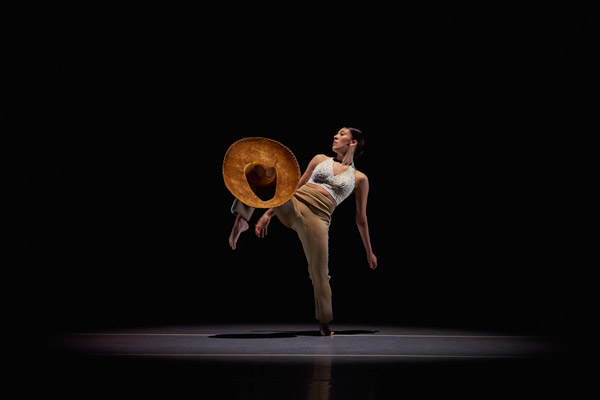
Fall Dance Plus
Thursday, November 21, 2024 @ 7:30pm
New Brunswick Performing Arts Center (NBPAC)
11 Livingston Avenue, New Brunswick, NJ 08901
category: dance
View event page for full information
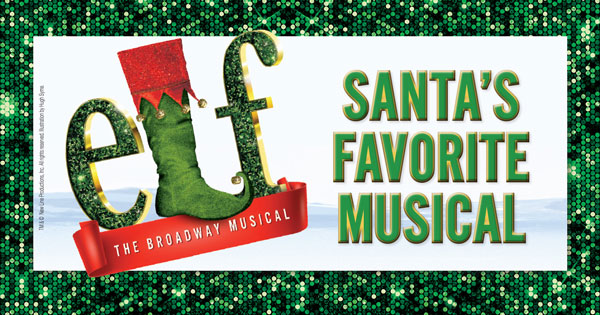
Elf The Musical
Thursday, November 21, 2024 @ 7:00pm
Count Basie Center for the Arts
99 Monmouth Street, Red Bank, NJ 07701
category: theatre
View event page for full information

World Cinema Series - "Court"
Thursday, November 21, 2024 @ 6:00pm
Monmouth University - Pollak Theatre
400 Cedar Avenue, West Long Branch, NJ 07764
category: film
View event page for full information

Trombone Shorty & Orleans Avenue
Thursday, November 21, 2024 @ 7:30pm
State Theatre New Jersey
15 Livingston Avenue, New Brunswick, NJ 08901
category: music
View event page for full information

Randall Goosby Returns: Renaissance Quartet
Thursday, November 21, 2024 @ 7:30pm
McCarter Theatre Center (Matthews Theater)
91 University Place, Princeton, NJ 08540
category: music
View event page for full information

Marshall Crenshaw - Up Close & Personal
Thursday, November 21, 2024 @ 7:30pm
Lizzie Rose Music Room
217 E. Main Street, Tuckerton, NJ 08087
category: music
View event page for full information
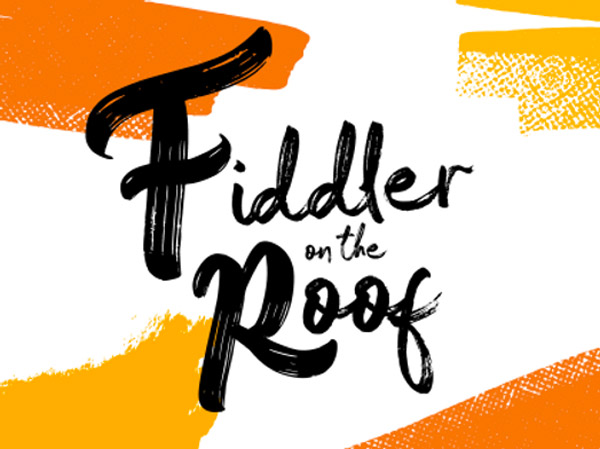
Fiddler On The Roof
Thursday, November 21, 2024 @ 11:00am
Axelrod Performing Arts Center
100 Grant Avenue, Deal Park, NJ 07723
category: theatre
View event page for full information
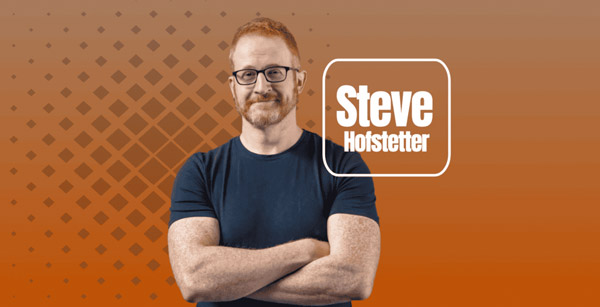
Steve Hofstetter
Thursday, November 21, 2024 @ 8:00pm
Avenel Performing Arts Center
150 Avenel Street, Avenel, NJ 07001
category: comedy
View event page for full information
More events
Event Listings are available for $10 and included with our banner ad packages
EVENT PREVIEWS

Renaissance Quartet Brings Bold Innovation and Classical Mastery to McCarter Theatre on Thursday
(PRINCETON, NJ) -- Prepare to be captivated by the Renaissance Quartet, featuring violinists Randall Goosby and Jeremiah Blacklow, violist Jameel Martin, and cellist Daniel Hass. Graduates of the Juilliard School and mentored by the legendary Itzhak Perlman, the Quartet brings a unique blend of classical mastery and innovative flair to McCarter Theatre on Thursday, November 21, 2024 at 7:30pm. Known for reimagining chamber music traditions, this New York based ensemble combines technical excellence with a bold, forward-thinking approach that appeals to a diverse audience.UPCOMING EVENTS
